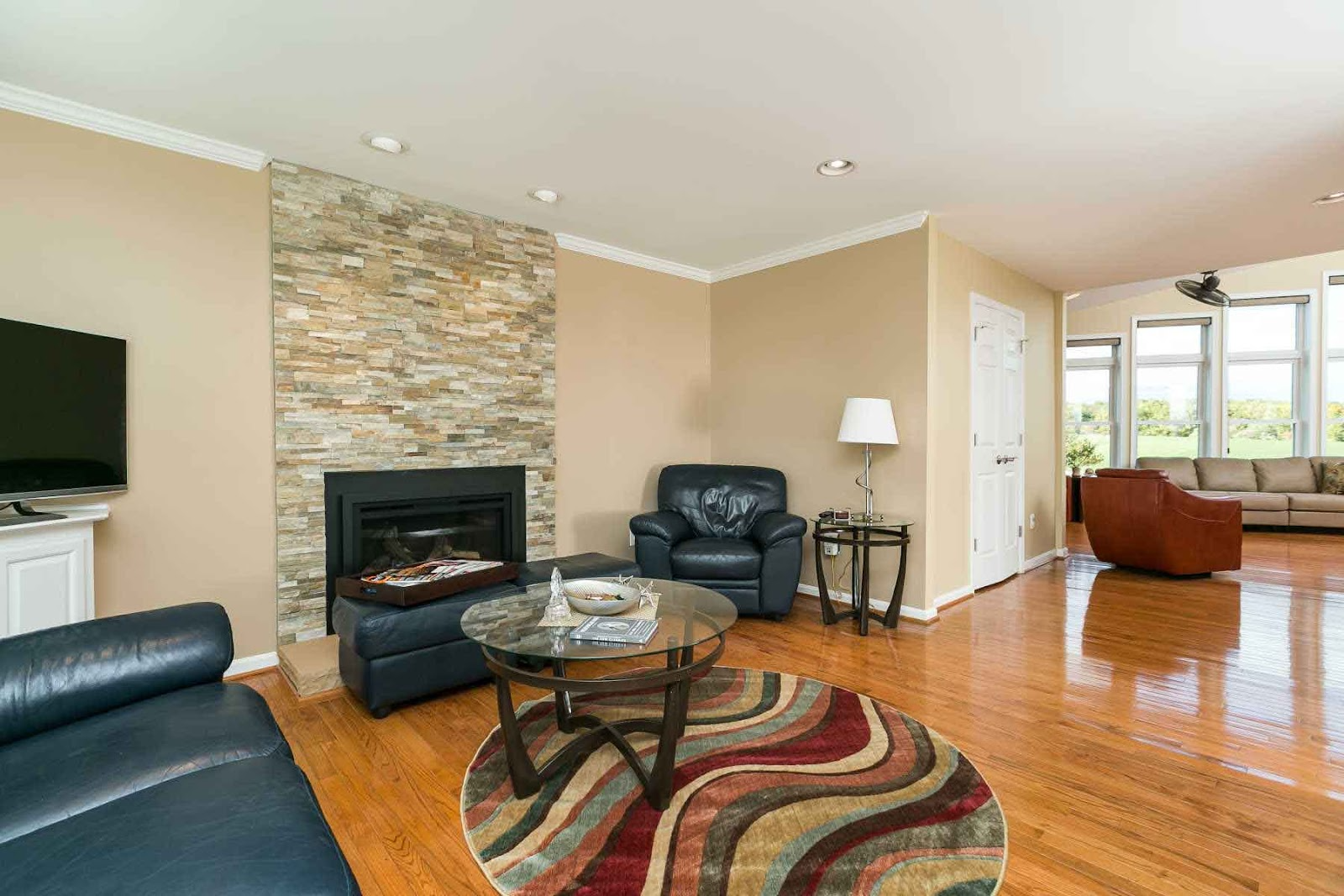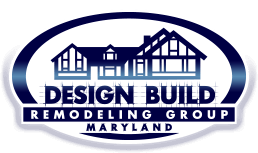The open-concept floor plan, known for its spaciousness and seamless flow between living areas, has become a hallmark of modern home design. However, achieving this aesthetic through a major remodel often raises concerns about the potential loss of functionality and clearly defined spaces. The key challenge lies in maintaining visual openness while still establishing distinct zones for dining, relaxing, and entertaining without relying on traditional walls.

In this blog post, we explore 6 strategic ways to create functional zones within an open-concept floor plan, ensuring your home remains both stylish and highly livable.
1. Use Furniture to Define Spaces
Furniture is one of the most practical tools for delineating zones. A sectional sofa can naturally separate a living area from a dining space, while a kitchen island or large dining table can define cooking and eating areas. These pieces create clear, functional boundaries while preserving the open flow of the layout.
2. Incorporate Architectural Elements and Varied Flooring
Design features like columns, ceiling variations, or raised platforms can signal shifts between zones. Likewise, using different flooring materials or patterns helps distinguish one area from another. For example, tile in the kitchen and hardwood in the living room can create a visual transition without breaking the space into separate rooms.
3. Use Strategic Lighting Design
Lighting is a powerful tool for setting the mood and establishing function in different zones. Pendant lights over a dining area, under-cabinet lighting in the kitchen, and floor lamps in reading nooks can each serve a specific purpose. Varying your lighting types and placements ensures each area feels thoughtfully designed and purposeful.
4. Maintain a Cohesive Color Scheme and Materials
To prevent your space from feeling disjointed, maintain a consistent color palette and material theme throughout the open area. This doesn’t mean each zone must match exactly, but using complementary shades and finishes helps unify the overall design while still allowing for individuality in each zone.
5. Establish Focal Points
A focal point gives each zone a sense of identity. Consider anchoring the living room with a statement fireplace or artwork, and use a bold light fixture or decorative shelving to define the dining area. These focal points draw the eye and help each space feel intentional and distinct.
6. Utilize Area Rugs and Textiles
Area rugs are an easy yet effective way to define zones. They provide visual separation, ground furniture groupings, and add texture and warmth. In larger spaces, layering rugs or using oversized textiles can create more intimate and functional areas within the open layout.
Let’s Talk Remodeling
Ready to transform your home with an open-concept floor plan? The experts at Design Build Remodeling Group of Maryland in Eldersburg, MD are here to bring your vision to life. We specialize in creating cohesive, well-zoned spaces that reflect your lifestyle and design preferences. From concept to completion, we’ll guide you through the remodeling journey with expert craftsmanship and personalized attention.
Call us today at (443) 300-2268 or fill out our online form to schedule a consultation and explore the possibilities for your home.





